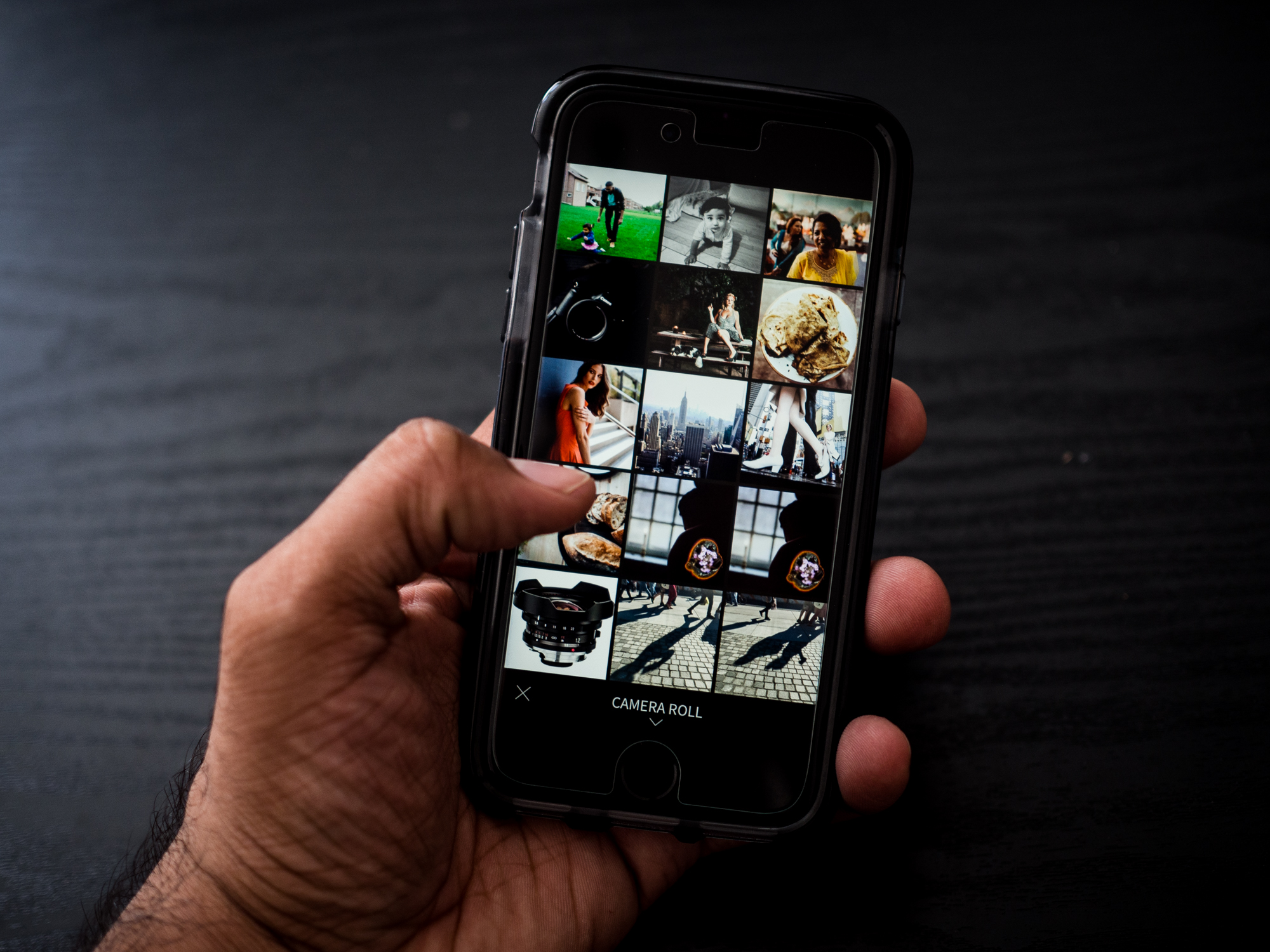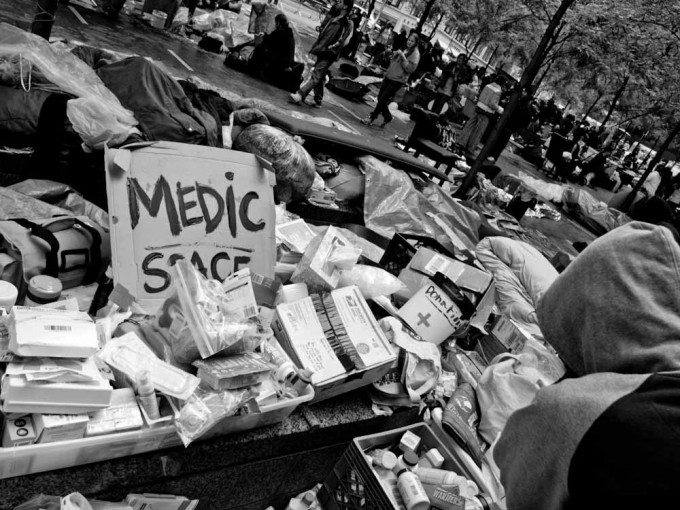Years ago before the social web, photographers helped change the course of history through their imagery. They ended wars with them and convinced the public to become outraged. In more recent years, photos emerge of other atrocities like Guantanamo Bay, the treatment of women in foreign countries, etc. But with so much going on on the web, we tend to pay less attention to the issues that matter. Therein lies the problems that that modern photojournalist faces.
In today’s social web, the general public acknowledges or reacts to world issues with a like, an emoji, etc. Then after that, they continue to scroll through their feed perhaps not batting an eye at it anymore. Instead, the idea that we’re entertaining ourselves to death is true.
So how do photojournalists adapt?
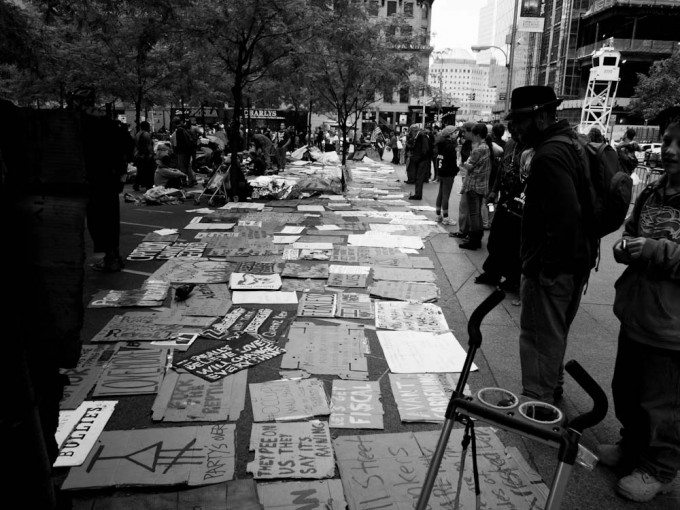
As it is, everyone with a phone in their pocket and a data plan can be a photojournalist as long as they’ve got people skills and story telling skills. So more and more people have the ability to tell both fantastic and terrible stories. But one of the toughest things to do is to keep someone’s attention. Video tends to do a better job at that than a still image post for post. A still image, if done correctly, can leave a really big impression on someone. These days though, your still image is competing with puppies, hot chicks doing yoga, good food, kittens, etc. If those images and videos do anything, it’s find a way to appeal to the viewer’s emotions and inner thoughts.
So how does a photojournalist do that?
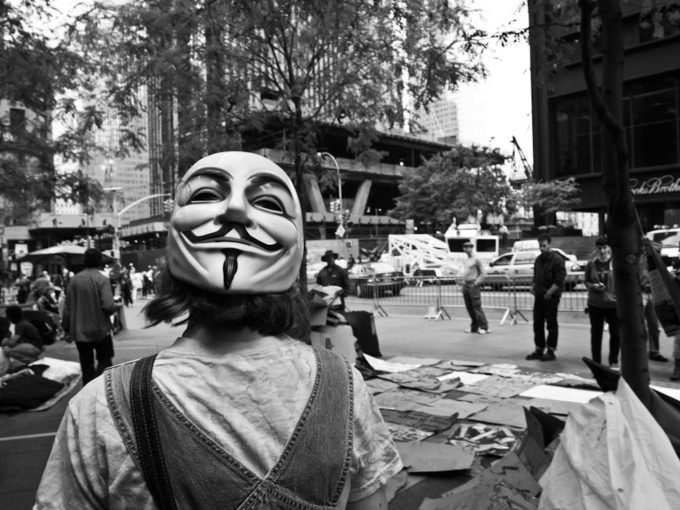
To be honest, that’s one of the toughest questions that any photojournalist will need to answer. Ethics in the documentation process still will and always will apply. But the issue is access and being able to find a way to tell a story about an issue in such a way that it begs people to pay attention and to give it a heck of a lot ore upvotes on Reddit than anything you’ve ever seen on R/Awww. You also need to find a way to make the curators on Instagram really care.
And with all that said, it comes to the stark realization that the most powerful person in today’s web space is the curator. There are loads and loads of curators, but the good ones stand out from the rest in the same way that the good creatives stand out from the rest. On that thought wave though, more people follow the curators because they pick and choose the best of everything out there on the web.
The curator is a necessary part of the photo industry in the same way that the Art Buyer was. Some of these curators control revenue and budgets to provide to photojournalists to be able to tell better stories, support themselves, etc.
Just think about it: when was the last time you saw a really, really amazing photojournalist series/story that wasn’t on the NYTimes, this site, Feature Shoot, Petapixel, Lens Culture, American Photo, the BJP, etc? If those platforms didn’t exist, how would the photographer be able to spread their message?
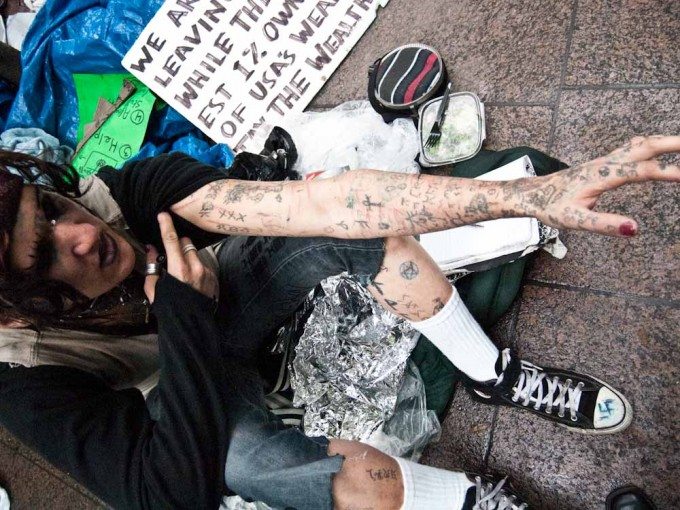
Here’s how it works:
- The creator has an idea and creates work
- Loads of other creators do the same thing
- The curator finds awesome work out there
- People follow the curator so that they can see this awesome work and because they’re doing the job for them
- The creators keep shopping their work around to other curators.
Depending on how large the curator is, they can demand things like exclusives at first. It’s how TechCrunch grew into what it was.
In the same way, photojournalists need to work together with curators to spread their messages. But their work needs to really stand out accordingly. It needs to have the ability to really keep someone enthralled and elicit an emotion out of them. But beyond that, the images really need to find a way to make people care about a subject–and that’s one of the toughest issues. Getting someone to donate to a cause or do something to help when many of us are so incredibly satiated sitting at our computers or with our devices and simply scrolling through the web is going to be the next big challenge for photojournalists for the next couple of years–because with the way that the mobile web works, it’s too easy to forget about anything and everything.


